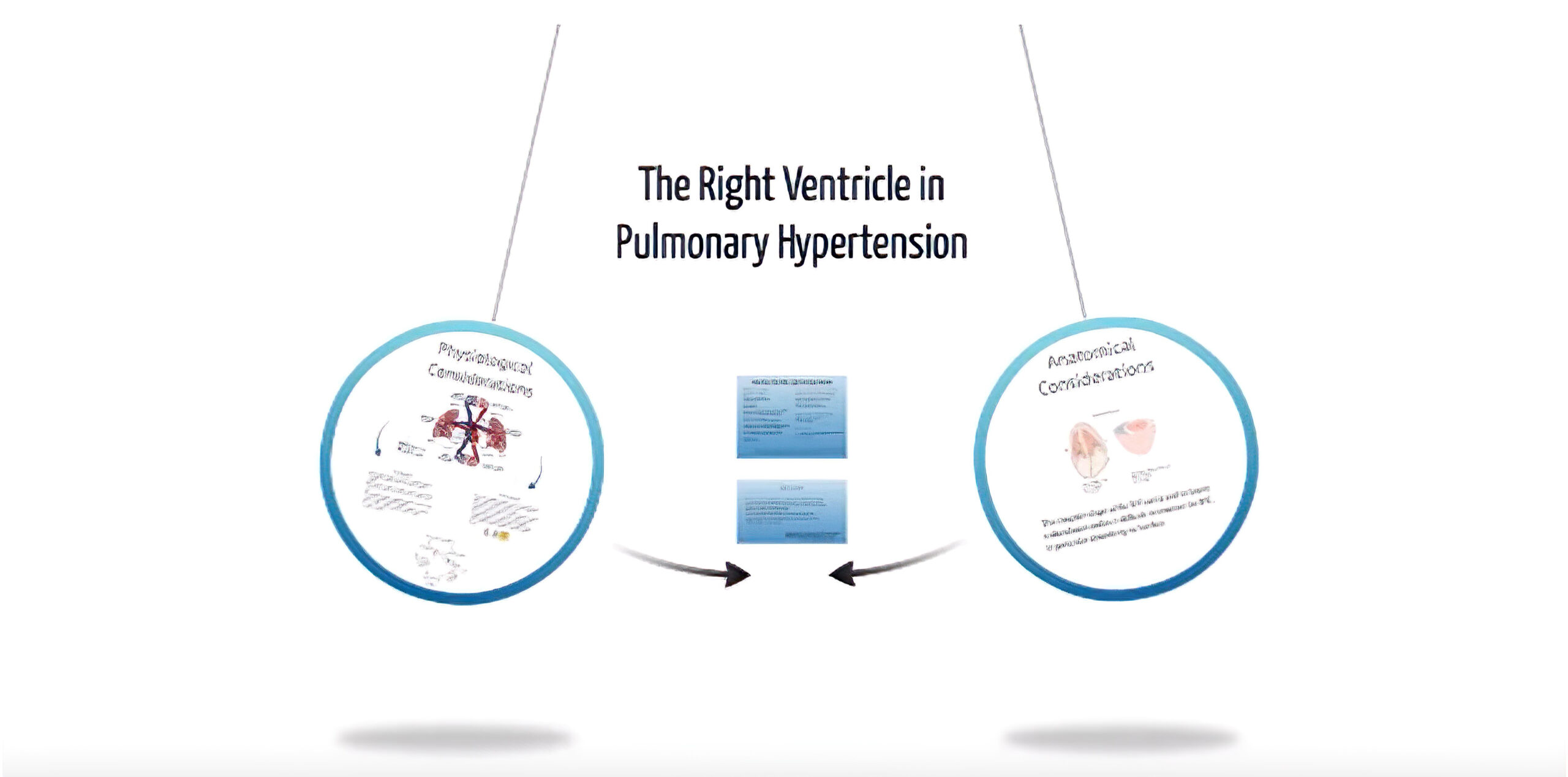Epidemiology of Right Ventricular Hypertrophy
RVH can be caused by congenital heart diseases, or it may be acquired as a manifestation of other diseases. Common causes secondary to congenital heart disease include tetralogy of Fallot, severe pulmonary stenosis, and advanced stages of Eisenmenger syndrome, where there is severe left-to-right shunting.
Patients with chronic pulmonary hypertension develop cor pulmonale and RVH. The ECG morphology of RVH in cor pulmonale is moderate. Echocardiography is a more reliable tool for diagnosis and prognostication in patients with cor pulmonale. It can also measure the size and function of the right ventricle.

Acquired RVH Secondary to Pulmonary Hypertension
Lead V1 is located in the best position to measure impulses from the right ventricle. When RVH is present, lead V1 detects the augmentation of the right ventricular vectors, which are directed anteriorly and to the right. In the absence of a bundle branch block, voltage changes in lead V1 exclusively represent RVH.
In an 18-lead ECG, the right precordial leads V3R through V6R are not useful for the diagnosis of RVH, but rather they are used to distinguish an acute right ventricular infarction from an MI of the inferior wall, which is supplied by the right coronary artery.